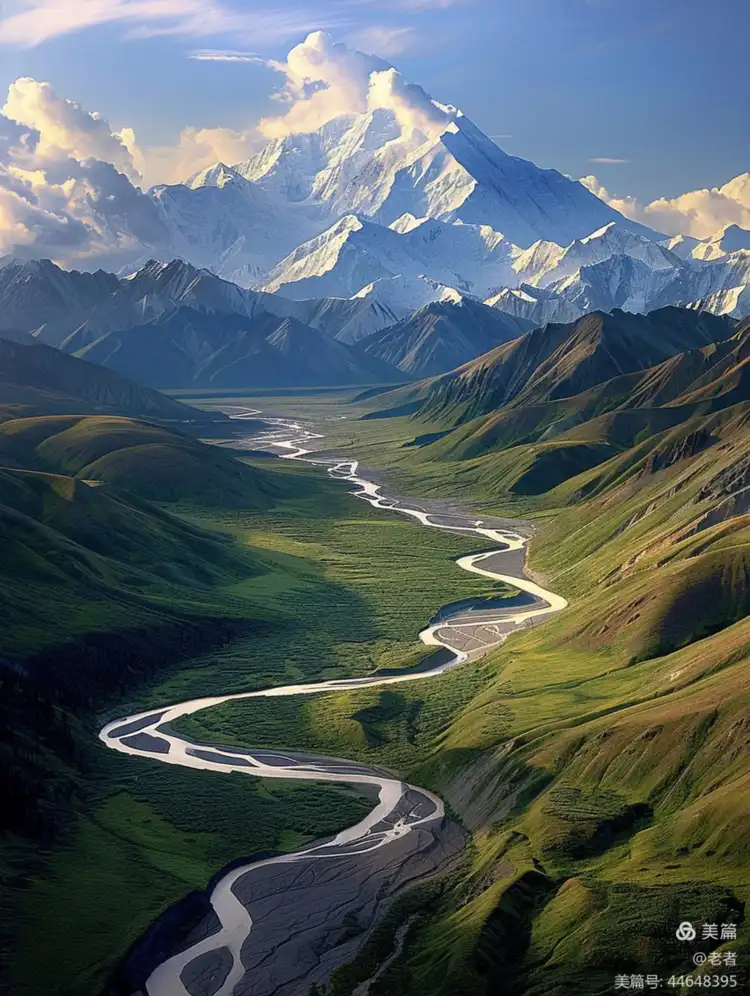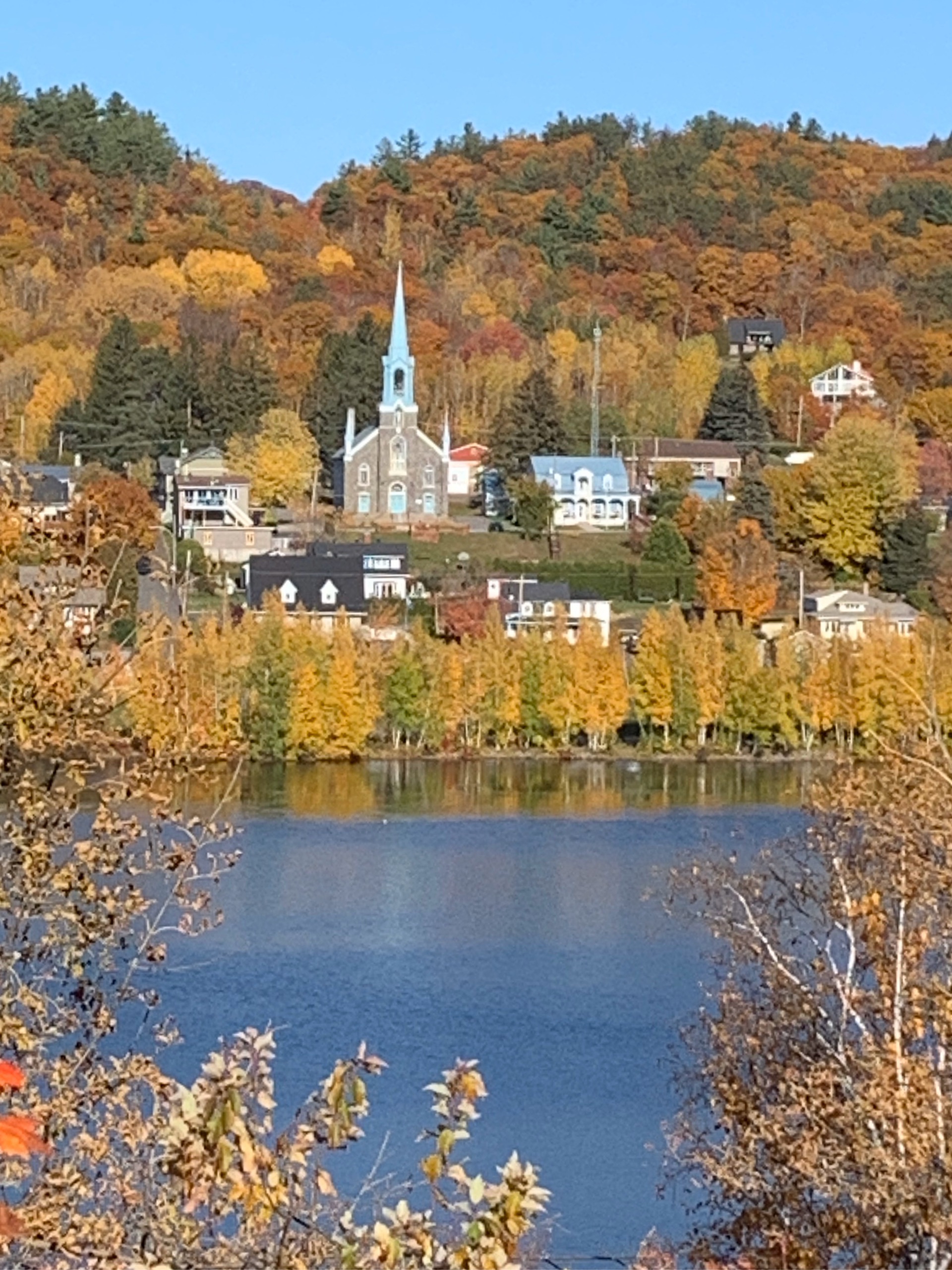Global Travel Information
Grand Teton National Park, USA
Grand Teton National Park: A Majestic Wilderness in the Heart of Wyoming
Nestled in the rugged landscape of northwestern Wyoming, Grand Teton National Park stands as one of America’s most breathtaking natural wonders. With its jagged mountain peaks, pristine alpine lakes, and abundant wildlife, the park offers a sanctuary for adventurers, nature lovers, and photographers alike. Unlike many other national parks, Grand Teton’s dramatic scenery is immediately visible upon arrival, as the towering Teton Range rises abruptly from the valley floor, creating a dramatic skyline that captivates visitors year-round.
The Geology and Formation of the Teton Range
The Grand Teton mountains are among the youngest in the Rocky Mountain chain, formed by tectonic activity along the Teton Fault. Unlike most mountain ranges, which slope gradually on both sides, the Tetons are unique for their steep eastern face and gentler western slope. This asymmetry is the result of millions of years of geological upheaval, where the Earth’s crust fractured, thrusting the mountains upward while the valley floor dropped.
The highest peak, Grand Teton itself, stands at 13,775 feet (4,199 meters), a beacon for mountaineers and a symbol of the park’s untamed beauty. Glaciers carved the sharp ridges and U-shaped valleys during the last Ice Age, leaving behind iconic landmarks like Jenny Lake, Cascade Canyon, and the Cathedral Group—a cluster of towering peaks that dominate the skyline.
Wildlife and Ecosystems
Grand Teton National Park is a vital habitat for an array of wildlife species. The park’s diverse ecosystems—ranging from sagebrush flats to dense forests and alpine tundra—support animals such as grizzly bears, black bears, moose, elk, bison, wolves, and pronghorn. The National Elk Refuge, located just north of Jackson, provides winter grazing grounds for one of the largest elk herds in North America.
Birdwatchers flock to the park to spot bald eagles, ospreys, and trumpeter swans, while lucky visitors might catch a glimpse of a elusive lynx or wolverine. The Snake River, which winds through the park, is home to cutthroat trout and offers prime opportunities for fly-fishing.
Iconic Landmarks and Must-See Attractions
- Jenny Lake – Often called the "jewel of the park," this glacially carved lake is a hub for hiking, kayaking, and photography. The popular hike to Hidden Falls and Inspiration Point begins here.
- Schwabacher Landing – A serene spot along the Snake River, perfect for sunrise photography with reflections of the Tetons on the water.
- Mormon Row – Historic homesteads with the Teton Range as a backdrop, offering some of the most photographed barns in America.
- Signal Mountain – A short drive or hike to the summit rewards visitors with panoramic views of Jackson Hole Valley and the Snake River.
- Cascade Canyon – A stunning glacial canyon accessible via a boat shuttle across Jenny Lake, leading to waterfalls and possible wildlife sightings.
Outdoor Adventures in Every Season
Summer is the peak season, with hiking, camping, and boating in full swing. Trails like the Teton Crest Trail offer multi-day backpacking adventures, while paddlers can explore Jackson Lake or the Snake River.
Fall brings golden aspens and fewer crowds, making it ideal for wildlife viewing and photography. Elk bugling during the rut is a thrilling spectacle.

Winter transforms the park into a snowy wonderland. Cross-country skiing, snowshoeing, and wildlife tracking are popular, and nearby Jackson Hole Mountain Resort offers world-class skiing.
Spring is a quieter time, with melting snow feeding wildflowers and rushing waterfalls. Bears emerge from hibernation, and migratory birds return.
Preservation and the Future of the Park
Established in 1929, Grand Teton National Park has faced challenges from tourism, climate change, and habitat fragmentation. Conservation efforts focus on protecting wildlife corridors, reducing human impact, and maintaining the park’s pristine wilderness character. The Greater Yellowstone Ecosystem, of which Grand Teton is a part, remains one of the last intact temperate ecosystems on Earth.
Conclusion
Grand Teton National Park is more than just a scenic destination—it’s a testament to the raw power of nature and a refuge for wildlife. Whether standing in awe of the mountains, paddling across a mirror-like lake, or watching a grizzly roam in the distance, visitors leave with a profound appreciation for this wild and untamed corner of the American West. For those seeking adventure, solitude, or simply the chance to witness nature’s grandeur, the Tetons deliver an unforgettable experience.
相关文章
- Elbe River Film Locations: Movies Shot Along the River
- Elbe River Historical Markers: Learn About Local History
- Elbe River Archaeological Sites: Ancient Finds Near the Water
- Elbe River Botanical Gardens: Flowers & Plants Along the Banks
- Elbe River Zoos & Aquariums: Family Fun Near the River
- Elbe River Amusement Parks: Rides with River Views
- Elbe River Camping Spots: Pitch a Tent by the Water
- Elbe River Glamping Sites: Luxury Camping Along the Banks
- Elbe River RV Parks: Stay in Your Camper Near the River
- Elbe River B&Bs: Cozy Accommodations with a Personal Touch
发表评论
评论列表
- 这篇文章还没有收到评论,赶紧来抢沙发吧~


